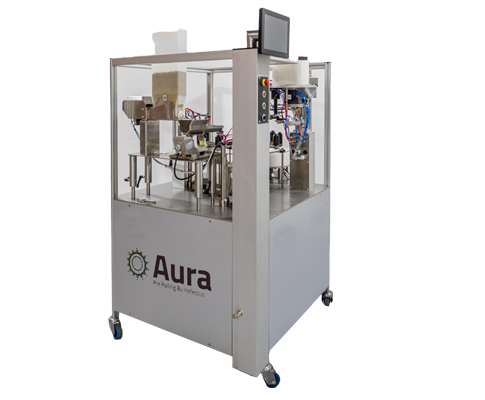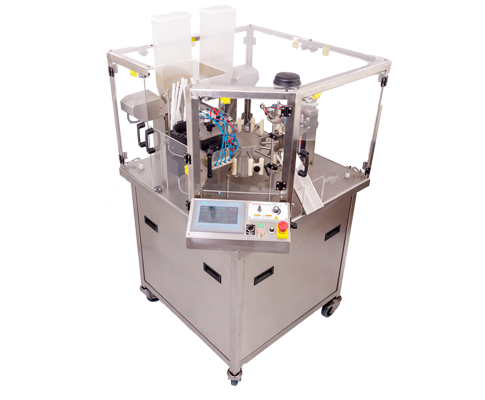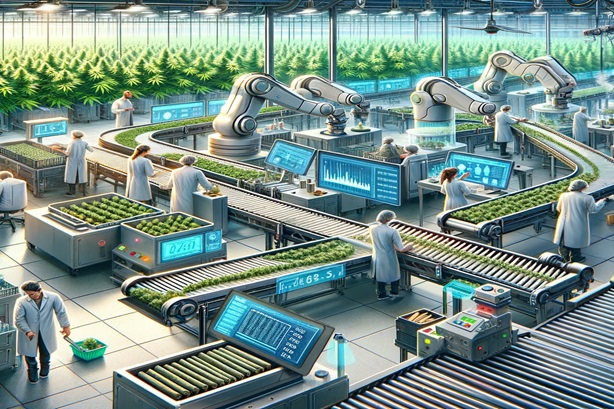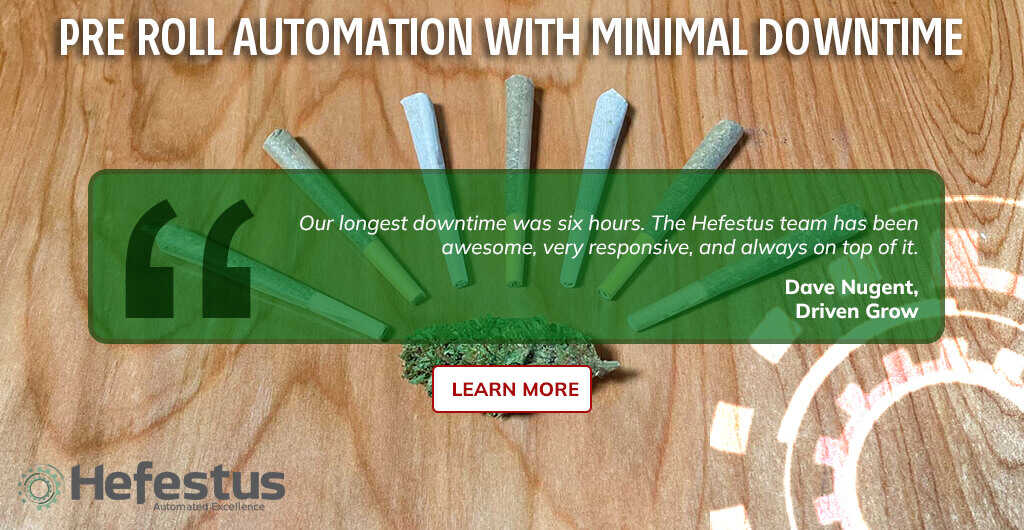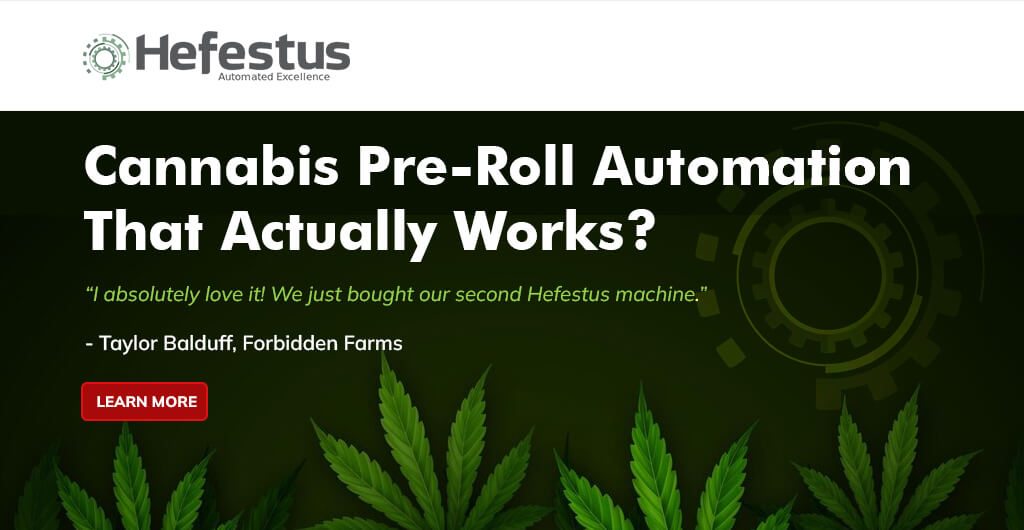In the rapidly expanding world of cannabis pre-roll production, success brings its own set of challenges.
As businesses grow, so do the demands on pre-roll production, often pushing manual processes to their limits.
This growth can lead to operational strains, both physical and logistical, making it increasingly difficult to keep up with market demand.
The Tipping Point: Understanding Capacity vs. Demand
One key challenge in the cannabis packaging space is balancing production capacity with growing demand.
As a business scales up, the limitations of manual pre-roll production become increasingly apparent.
Signs of Reaching Capacity
- Extended Work Hours: Consistently working overtime to meet order deadlines is a clear signal that current production methods are struggling to keep pace.
- Missed Deadlines: When missing deadlines becomes a norm rather than an exception, it’s a stark indicator that production capacity has hit its limit.
These signs are operational red flags, wake-up calls signaling the need for a strategic shift. It’s at this juncture that automation becomes a necessity for continued growth and competitiveness.
Labor Limitations: When Costs Outweigh Output
As cannabis businesses grow, the balance between labor costs and production output becomes a crucial factor. Reaching a point where manual labor is no longer cost-effective is a critical indicator for considering automation.
Indicators of Cost Imbalance
- Increasing Labor Costs: When the expense of additional staff or overtime pay starts eroding profit margins, it’s a clear sign that the current labor model is unsustainable.
- Diminishing Returns: The point at which hiring more staff doesn’t equate to proportionate increases in production signals an efficiency plateau.
Anonymous Case Study
One new Hefestus client had expanded to 600,000 pre-rolls per month. With 17 people, they were still struggling to meet demand. As soon as they brought in one of our Aura machines, they were able to reduce their army of pre-roll managers to 7 people, saving $2000 per day on pre-roll production.
Identifying such labor limitations is key to making an informed decision about shifting to automation, ensuring that the transition is both timely and beneficial for the business’s bottom line.
Stress as an Indicator: Listening to the Voice of Production
The psychological and emotional well-being of the team is as crucial as any operational metric, especially in a fast-paced industry like cannabis.
Stress and operational anxiety often serve as clear indicators that the current production method is unsustainable.
Signs of Stress in the Workplace
- Overwhelmed Staff: Constant pressure to meet production demands can lead to burnout among team members.
- Frustration and Errors: An increase in mistakes due to overwork or complicated processes indicates a system pushed beyond its limits.
Recognizing these signs is vital. Sure, you want to maintain production levels, but you also want to preserve the sanity and morale of the team.
When stress becomes a constant in the production environment, it’s a strong signal that commercial pre-roll automation could provide much-needed relief and efficiency.
Embracing Automation for Future Growth
The journey of a cannabis business is marked by several critical decision points, and the shift to automation is undoubtedly one of them.
Recognizing the signs – from stretched capacity and labor cost imbalances to increasing stress levels – is essential for sustainable growth and competitiveness in this dynamic industry.
Automation in cannabis pre-roll production is a leap in technology – but also a strategic move towards greater efficiency, consistency, and a healthier work environment.
By adopting automated solutions for pre-roll production, businesses can transcend the limitations of manual processes, ensuring they meet market demands with gusto.


